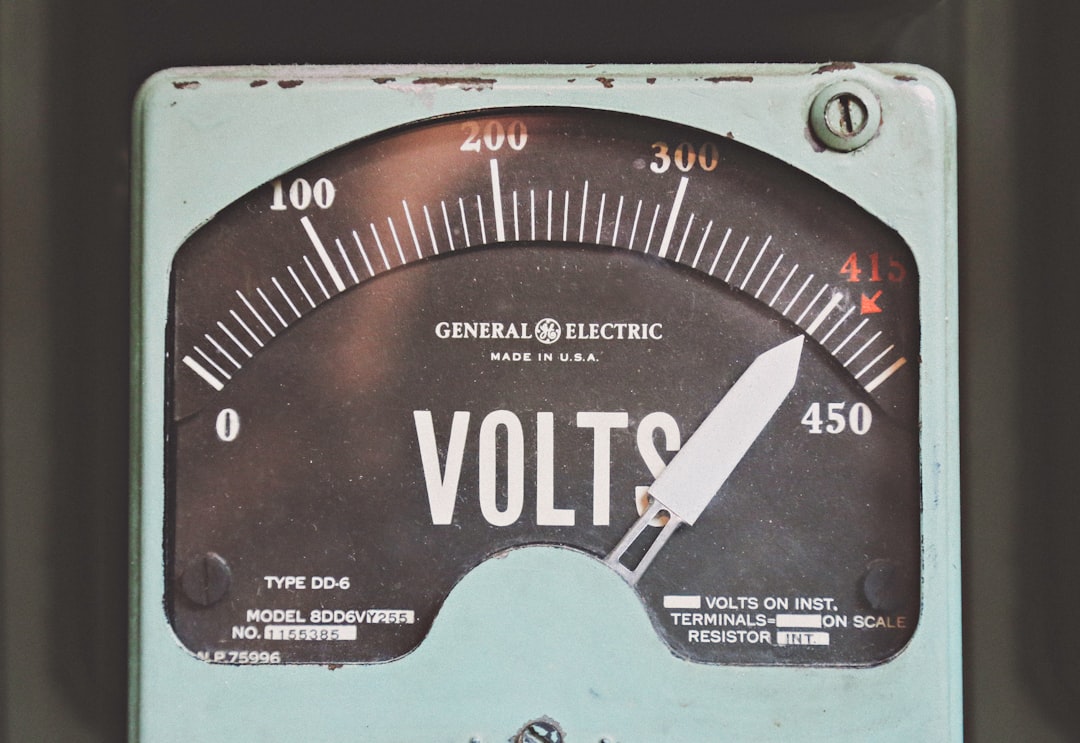

To put it short,DIY battery reconditioning offers a range of benefits from cost savings to environmental impact reduction. For lead-acid types, a desulfator device helps break down sulfate build-up on battery plates which can restore capacity. Enhanced Performance: Often, a well-reconditioned battery will function better than before due to restored capacity and efficiency.
Essential Safety GearTo safeguard against potential hazards during battery reconditioning, specific safety equipment is crucial. Different Methods for ReconditioningThe techniques employed in battery reconditioning vary based on the type of battery:Lead-Acid Batteries: Techniques include desulfation with high-frequency pulses to break down sulfate crystals, equalization charging to balance cell voltages, and adding water to maintain proper electrolyte levels.
This practice not only saves money but also reduces economic pressure on industries related to mining and manufacturing battery materials, thereby indirectly contributing further to environmental conservation. Each battery type has an optimal temperature range that ensures efficient chemical reactions without causing damage to internal components.
Over time, these reactions can create buildup or lead to degradation that diminishes efficiency.
One critical aspect of this maintenance is the proper management of water levels within the battery cells. By frequently assessing a battery's condition during reconditioning, potential future failures can be anticipated and mitigated before they occur. These signs suggest that a battery might benefit from a conditioning process before its performance degrades irreversibly.
The best time to add water is after charging the battery, as this ensures that gases have dissipated and the electrolyte levels are stable. In effect this means ensuring comprehensive protective measures are not only recommended but strictly implemented within all battery reconditioning workshops guarantees both personal safety and efficiency in reviving battery performance.
This can be particularly useful as it extends the life of batteries, preventing premature disposal and saving costs. In effect this means that through simple DIY techniques, you can contribute significantly towards cost-saving while fostering an environmentally friendly approach by extending your batteries' life span through effective reconditioning methods.
Understanding Battery ConditioningBattery conditioning, often referred to as battery reconditioning, involves restoring a laptop's battery to its peak operational state. Each type of battery has its specific charging needs which, if not followed, can lead to undercharging or overcharging.
Safety Checks and Performance AssessmentTesting also plays a crucial role in ensuring safety throughout the reconditioning process.
Methods for Battery ReconditioningDepending on the type of battery, various methods can be applied for reconditioning. Types of Batteries and Their ChargersDifferent batteries require specific chargers to ensure effective reconditioning. Learning how to recondition your batteries means you are not only saving money but also contributing positively towards reducing electronic waste and conserving resources.
Over time, issues like sulfation can impair this process by forming lead sulfate crystals that inhibit efficient current flow. Indicators for ReconditioningA few signs that suggest a battery may need reconditioning include diminished run times, slower than usual charging, overheating during use or physical deformities like swelling or leakage.
Environmental AdvantagesThe environmental impact of battery disposal is considerable; batteries contain harmful chemicals that can leach into soil and water systems. It involves steps that help a lead-acid battery regain its optimal performance, often affected by factors like age, usage, and environmental conditions.
Although simpler and cheaper, this method is less efficient. In effect this meansUltimately, regular testing is not just about fixing a problem momentarily; it's about adopting a comprehensive maintenance strategy that enhances long-term reliability and efficiency of batteries after reconditioning them.
Typical indicators include decreased capacity where the battery does not hold as much charge as it used to or takes longer than usual to charge; overheating during charging or use; and visible damage such as swelling or leakage. Lead-acid, nickel-cadmium (NiCd), nickel-metal hydride (NiMH), and certain types of lithium-ion batteries are typically suitable for reconditioning. Step-by-Step Guide: How To Do It At HomeTo start reconditioning a lead-acid battery at home:Safety First: Wear protective gear such as gloves and goggles.
For example, in lead-acid batteries, the accumulation of lead sulfate crystals impedes electrical flow, reducing efficiency and capacity. Equalization Charging: A controlled overcharge helps balance cell voltage and reverse sulfation.
This can involve several techniques designed to extend the life and restore the capacity of batteries that have suffered from various operational stresses over time. Some indicators include diminished charge capacity, longer charging times, overheating, or even physical distortions like swelling or leakage.
Techniques for Reviving Lithium-Ion Batteries: A Detailed LookUnderstanding Battery ReconditioningBattery reconditioning is the process of bringing a battery back to life, restoring it to its full operational capacity. By understanding the importance of thermal management in battery care, you ensure better performance from your reconditioned units while saving money and reducing environmental impact over time.
Environmentally, it reduces waste and minimizes the impact associated with the production and disposal of battery materials. This procedure can restore the battery's ability to hold a charge and extend its lifespan significantly. Can All Types of Batteries Be Reconditioned?
Moreover, reconditioned batteries often exhibit enhanced performance levels giving them a renewed lease on life. Understanding how to properly care for and potentially rejuvenate your battery can save money while contributing positively towards environmental conservation efforts through reduced waste.
Tap water often contains minerals that can contaminate the electrolyte and decrease battery performance. In contrast, lithium-ion batteries may require cell balancing with a specialized charger that ensures all cells charge evenly, alongside cycle charging methods which involve repeated discharging and charging to regain battery capacity.
Check Voltage: Use a multimeter to assess each cell's voltage. Generally, it is recommended to condition lithium-ion batteries - commonly used in laptops - every 30 to 60 cycles.